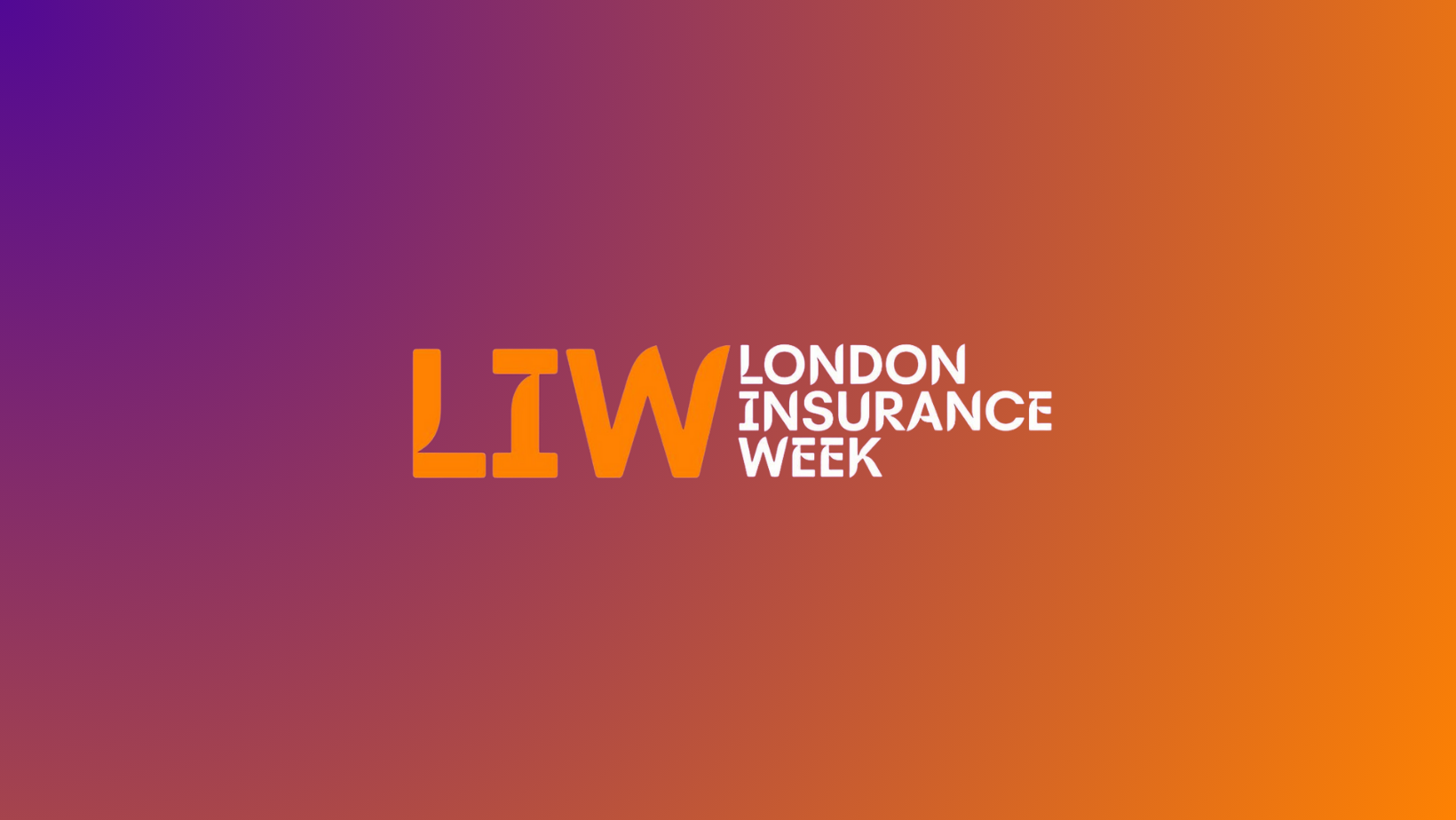Climate Change and the Insurance Industry: Navigating Unprecedented Risks

Climate Change and the Insurance Industry: Navigating Unprecedented Risks

The past decade has been marked by a dramatic increase in climate-related disasters. From devastating wildfires in California and Australia to catastrophic hurricanes in the Atlantic and record-breaking floods in Europe and Asia, the evidence of climate change is unequivocal. For the insurance industry, these events have led to soaring claims and highlighted significant gaps in risk assessment and management.
The Escalating Impact of Climate Change
- Increased Frequency and Severity of Natural Disasters
- Statistical Trends: According to the World Meteorological Organization, the number of weather-related disasters has increased fivefold over the past 50 years.
- Economic Costs: The Insurance Information Institute reports that global insured losses from natural disasters reached $82 billion in 2020, a 40% increase from the previous decade's average
- Strain on Traditional Risk Models
- Outdated Historical Data: Traditional actuarial models rely on historical data that no longer accurately predicts future events.
- Emerging Risks: New types of risks, such as prolonged droughts and rising sea levels, are not adequately accounted for in existing models.
The Escalating Impact of Climate Change
- Increased Frequency and Severity of Natural Disasters
- Statistical Trends: According to the World Meteorological Organization, the number of weather-related disasters has increased fivefold over the past 50 years.
- Economic Costs: The Insurance Information Institute reports that global insured losses from natural disasters reached $82 billion in 2020, a 40% increase from the previous decade's average
- Strain on Traditional Risk Models
- Outdated Historical Data: Traditional actuarial models rely on historical data that no longer accurately predicts future events.
- Emerging Risks: New types of risks, such as prolonged droughts and rising sea levels, are not adequately accounted for in existing models.
Challenges Facing the Insurance Industry
- Underwriting Difficulties
- Pricing Risks Accurately: With unpredictable weather patterns, setting premiums that accurately reflect risk is increasingly challenging.
- Coverage Gaps: There is a growing protection gap, especially in high-risk areas where insurance becomes unaffordable or unavailable.
- Capital Adequacy and Solvency
- Increased Claims Payouts: Higher frequency of claims puts pressure on insurers' financial reserves.
- Regulatory Pressure: Regulators are imposing stricter solvency requirements, necessitating higher capital buffers.
- Investment Risks
- Stranded Assets: Investments in fossil fuels and other carbon-intensive industries risk becoming devalued.
- Sustainable Investing Demand: Stakeholders are pressuring insurers to incorporate Environmental, Social, and Governance (ESG) factors into their investment strategies.
Innovative Strategies for Adaptation
- Advanced Risk Modeling
- Incorporating Climate Science: Insurers are partnering with climate scientists to develop models that incorporate future climate scenarios.
- Use of Technology: Satellite imagery, AI, and big data analytics enhance predictive capabilities.
- Case Study: Munich Re's NATHAN Risk Suite combines geospatial data with climate models to assess natural hazard risks globally.
- Product Innovation
- Parametric Insurance: Provides payouts based on predefined triggers, such as a hurricane's wind speed, offering faster claims resolution.
- Microinsurance: Offers affordable coverage to low-income individuals in developing countries, increasing market penetration and social responsibility.
- Sustainable Investing and Underwriting
- Divestment from High-Risk Sectors: Companies like AXA and Allianz have committed to divesting from coal investments.
- Promoting Green Initiatives: Offering premium discounts for clients adopting sustainable practices.
- Collaborative Efforts
- Public-Private Partnerships: Collaborating with governments to improve infrastructure resilience and disaster response.
- Industry Coalitions: Initiatives like the Net-Zero Insurance Alliance aim to transition underwriting portfolios to net-zero greenhouse gas emissions by 2050.
Regulatory and Policy Development
- Climate Risk Disclosure: Frameworks like the Task Force on Climate-related Financial Disclosures (TCFD) encourage transparency.
- Stress Testing: Regulators require insurers to conduct climate stress tests to assess financial resilience.
- International Agreements: The Paris Agreement influences regulatory policies affecting the insurance sector.
Challenges in Implementation
- Data Limitations: Access to high-quality, granular climate data is limited, particularly in emerging markets.
- Short-Term vs. Long-Term Focus: Balancing immediate financial performance with long-term climate strategies.
- Market Dynamics: Competitive pressures may discourage investment in costly adaptation measures.
Conclusion
Climate change presents both a challenge and an opportunity for the insurance industry. By embracing innovation, investing in advanced modeling, and fostering collaboration, insurers can enhance their resilience and continue to provide vital services. The industry's proactive adaptation to climate risks will not only safeguard its future but also contribute significantly to global efforts in combating climate change.
Contact Information
LONDON INSURANCE WEEK PR
Email:
pr@liw.global
Phone: +44 20 4547 5894
Connect with us @LIWGLOBAL on LinkedIn and all Socials to continue the discussion
Event Information and Registration
Visit:
www.liw.global










